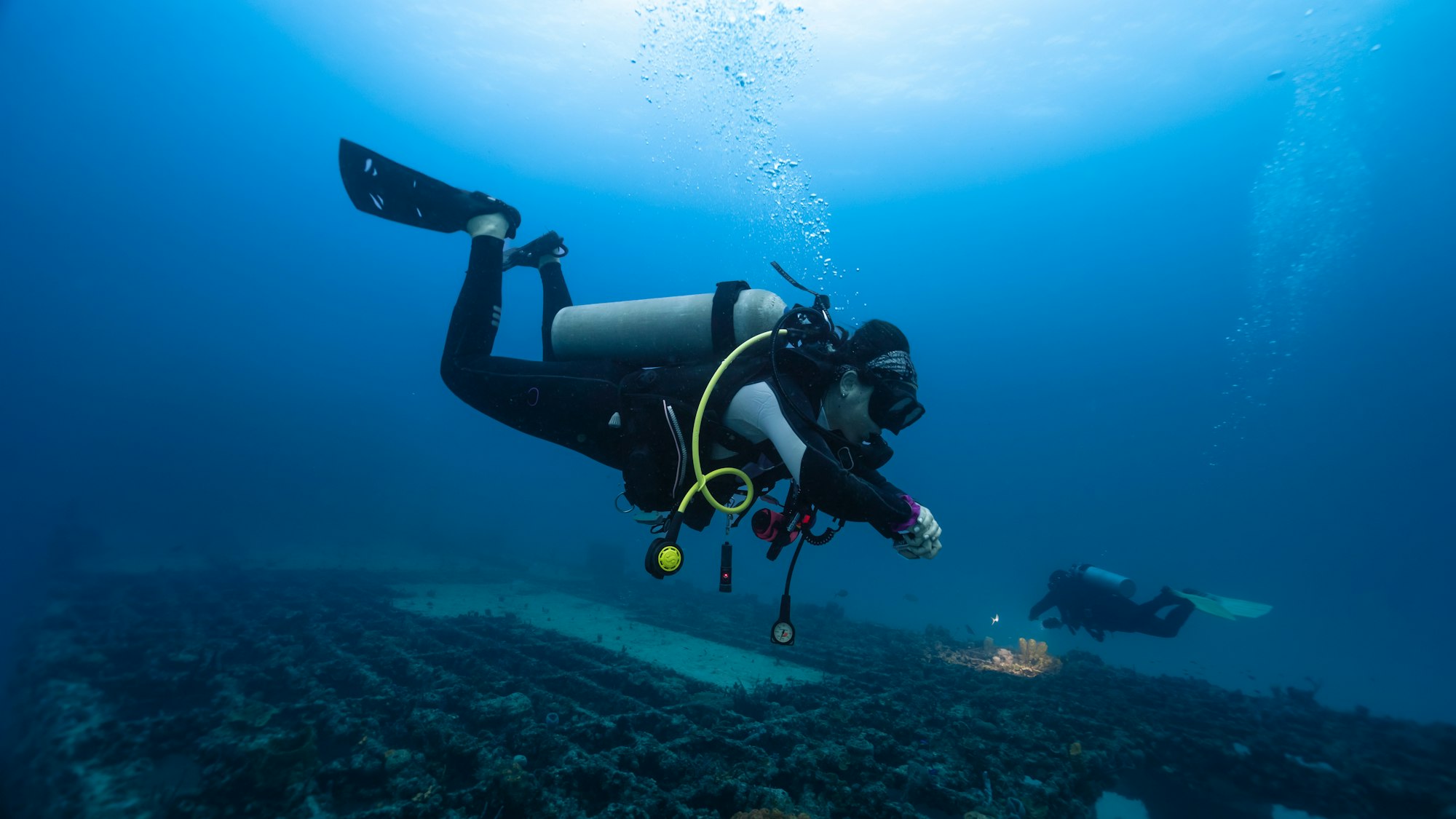Scuba diving is an excellent way to explore the marine world. The underwater world is teeming with tiny creatures and vibrant coral. You’ll have the opportunity to see lionfish, frogfish, leaffish, and other beautiful sea creatures. You can spend the entire dive looking over your shoulder and studying the different forms of marine life. If you’re new to scuba diving, you’ll want to learn as much as you can about the underwater environment before getting started.
The most famous features of wall diving include the depth and the presence of coral. Some walls are only a few meters (feet) high and occupy a small portion of a sloping reef, while others are hundreds of meters deep. Walls are rarely the same, with different features like overhangs and crevices. Regardless of the species, a wall dive is a memorable experience.
If you’re a beginner, you may want to stick to diving along shallow walls. You can find reefs with flat bottoms, but you’ll probably want to start with walls instead. Those with walls require deep diver certifications, as most walls are above 60 feet. When you reach this depth, your rules for scuba diving are the same. However, your nitrogen consumption and time at the bottom increase as depth increases.
If you’re planning to dive on a reef or on a wall, it’s important to plan your dive with a buddy, or partner. You’ll want to agree on a plan for communication and agreed-upon maximum depth and bottom time. Your goal should be to remain within a couple of kick strokes of each other while underwater. A dive buddy will also keep you safe and prevent you from crashing into the coral.
While scuba diving on a reef or wall, you’ll also need a scuba light, safety signaling device, and an alternate air supply. A dive light will come in handy if you want to explore cracks in the wall. A pony bottle and spare air device will help minimize your dependency on your dive buddy. It’s also a good idea to bring a second scuba cylinder. You’ll need one in case of an emergency.
If you’re an experienced diver, you’ll love the diversity of marine life in the waters around the islands. Scuba diving in the Western Pacific island nation of Palau offers a unique and memorable experience. Divers can swim in the rippling blue current of the “Blue Corner” where they can expect to encounter blacktip sharks and tornadoes of barracuda. During slack tide, you can also swim along the wall.
There are many types of scuba diving. You can explore the remains of a ship that was lost in an underwater accident. Wrecks are sometimes the only physical reminder of a tragic incident. Underwater flora and fauna are drawn to the wrecks. Divers can observe mechanical parts and other items carried by the vessel. Some popular wrecks are pirate ships, large vessels, submarines, airplanes, buses, and naval radar stations.
